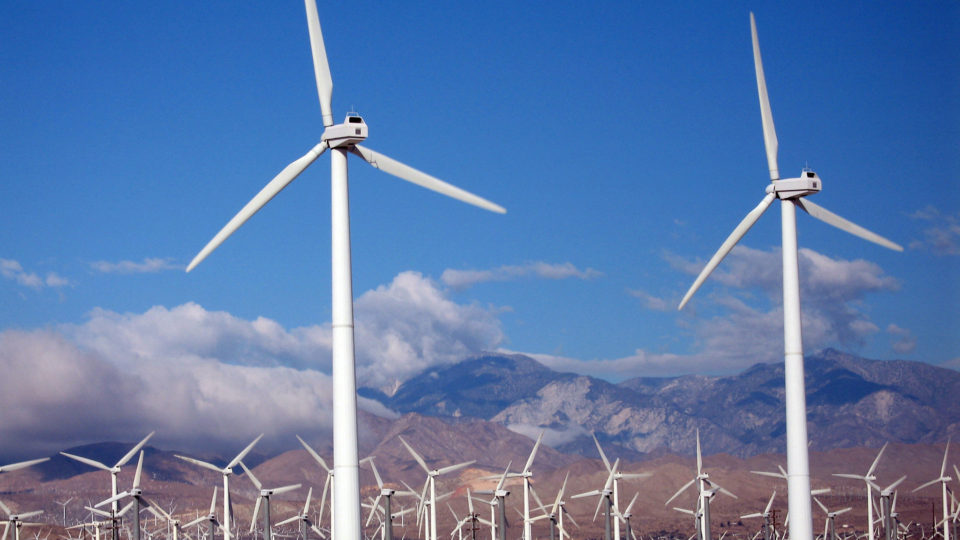Hundreds of companies around the world have committed to use 100% renewable energy in order to fight climate change. But a new study from Stanford University points out that 100% renewable energy does not necessarily mean 100% carbon-free energy.
The problem is that the carbon content of electricity can vary a lot over the course of a day in many locations. Using yearly averages can overstate the carbon reductions associated with a particular power source, in some cases by significant amounts.
Suppose a California company purchases or generates enough solar power to match 100% or more of their electricity use over the course of the year. In reality, it may generate far more electricity than it uses during the afternoon and sell the excess. Then, at nighttime, it purchases power from the grid, which would be far more carbon-intensive if it involves the burning of fossil fuels.
But in Britain, for example, the situation is very different. With a high reliance on wind power, grid carbon intensity is actually lower at night. So very different consumption patterns over the course of a day would be less carbon-intensive.
If sufficient energy storage capacity can be implemented into the grid as well as suitable long-range transmission, these time-based fluctuations in the electricity supply could be ironed out. Until such time, electricity consumers need to evaluate the environmental benefits of their renewable strategies on an hourly basis rather than using averages. And the best strategies are entirely dependent upon the characteristics of the specific grid they interact with. The need for this kind of analysis will only grow as renewable generation expands. Transparent, precise and meaningful carbon accounting is necessary.
**********
Web Links
100% renewables doesn’t equal zero-carbon energy, and the difference is growing
Photo, posted January 29, 2013, courtesy of U.S. Fish and Wildlife Service via Flickr.
Earth Wise is a production of WAMC Northeast Public Radio.
